Vesta: The Brightest Asteroid - A Detailed Profile
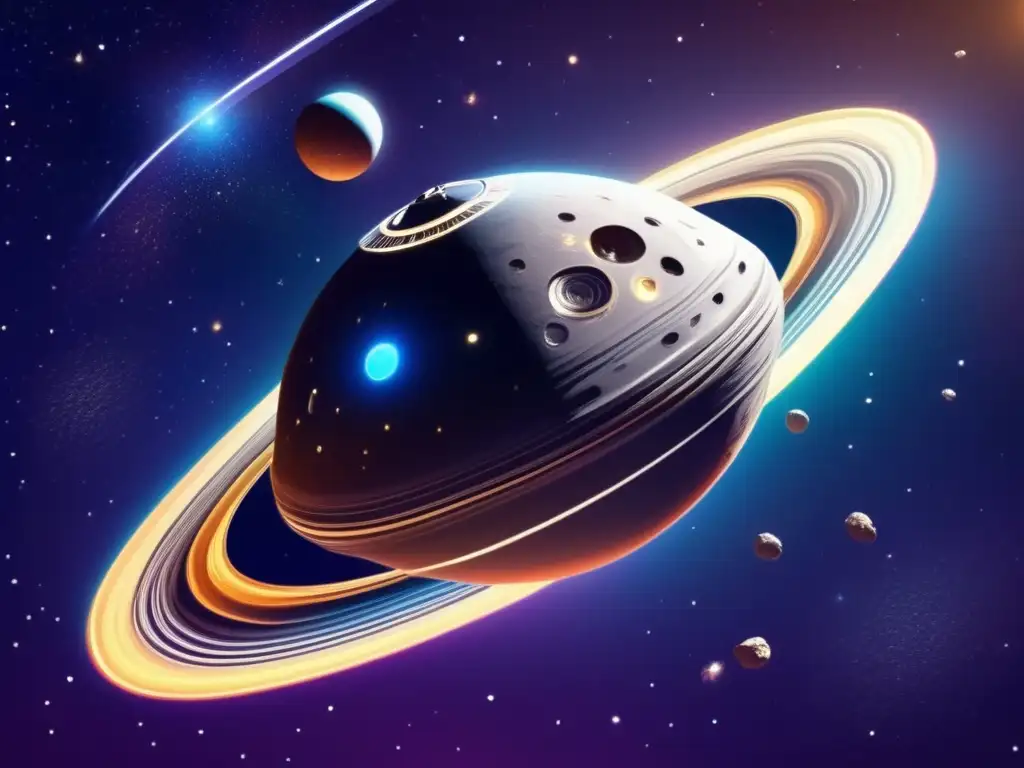
Introduction
Vesta is one of the most intriguing and unique asteroids in our solar system. It is believed to be the brightest asteroid visible from Earth, and its diverse geological features make it a fascinating subject for study. In this article, we will explore the history, composition, and significance of Vesta.
History and Discovery

Discovery
Vesta was discovered on March 29, 1807, by Heinrich Wilhelm Olbers, a German physician and astronomer. Olbers named the asteroid after the Roman goddess of the hearth and home. Vesta is the fourth asteroid ever discovered, and it is classified as a large main-belt asteroid, with an approximate diameter of 326 miles (525 kilometers).
Exploration Missions
In 2011, NASA's Dawn mission arrived at Vesta, becoming the first spacecraft to orbit and study the asteroid up close. The mission provided valuable data on Vesta's composition and geology, revealing a diverse surface terrain, including impact craters, grooves, and ridges.
Historical Significance
Vesta has long been a subject of fascination and study due to its brightness and proximity to Earth. It is mentioned in various ancient cultures, including Greek, Roman, and Chinese mythology, where it was often associated with fire and purity. Vesta was also used by astronomers in the early 19th century to determine the distance between the Sun and other nearby planets.
Composition and Characteristics
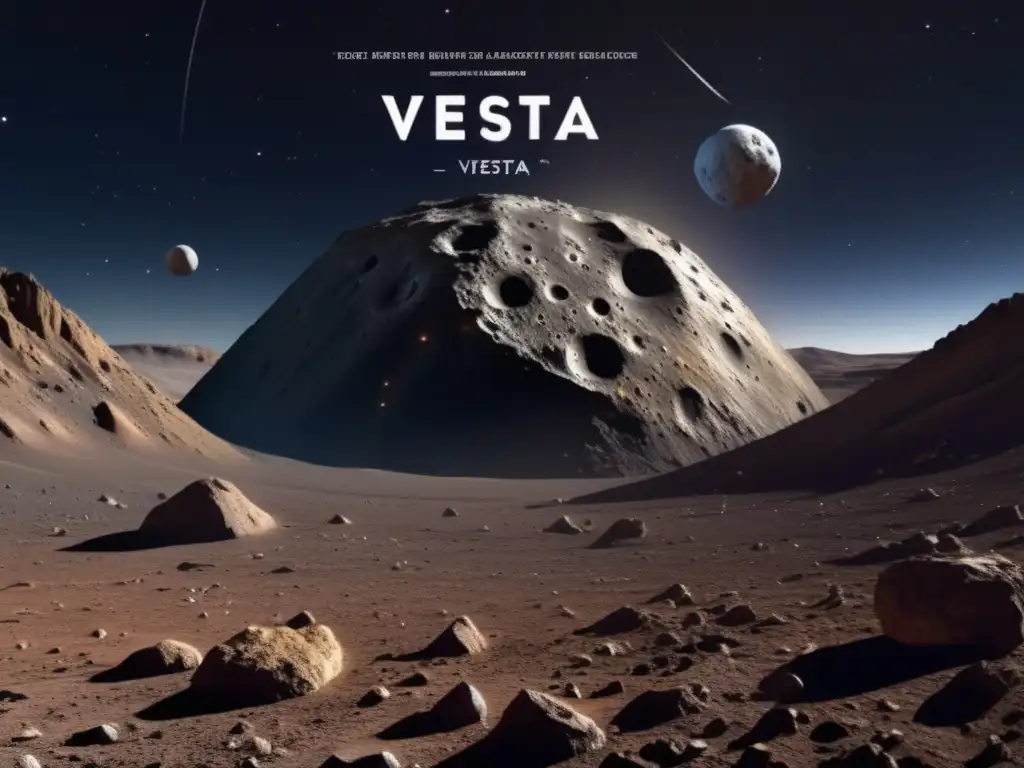
Surface Features
Vesta's surface is characterized by a wide range of geological features, including impact craters, basaltic lava flows, and scarps. The largest impact crater on Vesta is Rheasilvia, which measures approximately 310 miles (500 kilometers) in diameter and is centered near the South Pole of the asteroid. The impact that created Rheasilvia is believed to have excavated a crater 12 miles (19 kilometers) deep and thrown up material that formed a central peak rising about 14 miles (22 kilometers) above the surrounding plain.
Composition
Vesta's composition is similar to that of the terrestrial planets, with a core, mantle, and crust. Its crust is primarily composed of basaltic rock, while its mantle is made up of olivine and pyroxene. Vesta's core is believed to be partially molten, indicating that the asteroid may have undergone heating and differentiation at some point in its history.
Size and Mass
Vesta has a mass of approximately 2.67 x 10^20 kg and a mean density of 3.4 g/cm^3. Its size makes it one of the largest asteroids in our solar system, accounting for approximately 9 percent of the total mass of the asteroid belt.
Vesta's Significance
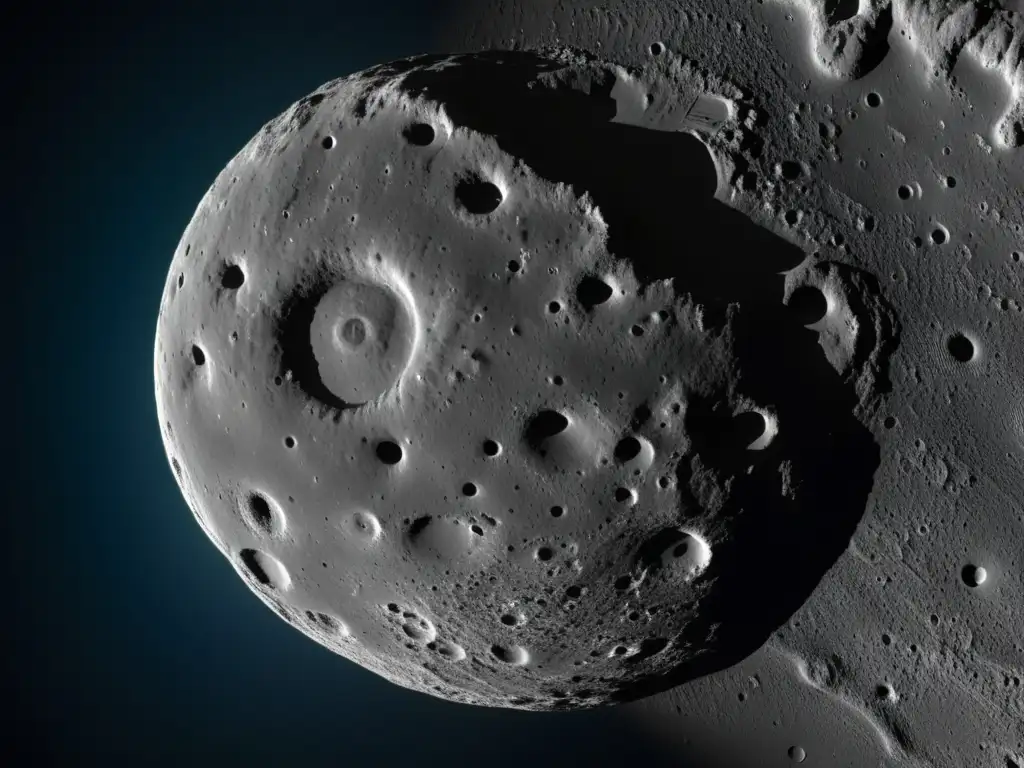
Impact Cratering
Vesta's numerous impact craters provide valuable information about the early history of the solar system and the processes that shaped it. Studying Vesta's craters can provide insight into the frequency and distribution of impact events, as well as the rates of geological processes such as erosion and tectonic activity.
Planetary Differentiation
Vesta's composition suggests that it may have undergone planetary differentiation, or the process by which a planet or asteroid separates into layers with different compositions. By studying Vesta, scientists can gain insight into the processes that shaped the early solar system and the formation of the terrestrial planets.
Origin of Meteorites
Vesta is believed to be the parent body of a group of meteorites known as howardite-eucrite-diogenite (HED) meteorites. By studying Vesta's composition and geological features, scientists can gain a better understanding of the origin and evolution of these meteorites, which are some of the most common and well-studied meteorites found on Earth.
Frequently Asked Questions

-
What is Vesta's distance from Earth?
Vesta's distance from Earth varies depending on its position in orbit. At its closest approach, Vesta is approximately 117 million miles (188 million kilometers) from Earth. At its farthest, it can be as far as 225 million miles (362 million kilometers) away.
-
What is Vesta's orbital period?
Vesta completes one orbit around the Sun every 3.63 Earth years.
-
How was the impact that created Rheasilvia calculated?
The size of the crater and the height of the central peak were calculated based on data collected by NASA's Dawn mission, as well as modeling and simulation techniques.
-
What is the significance of Vesta's HED meteorites?
HED meteorites are believed to be fragments of Vesta's crust or mantle that were ejected into space during a large impact event. Studying these meteorites can provide valuable information about the early history of the solar system and the processes that shaped it.
-
What other asteroids are similar to Vesta?
Asteroids that are similar in composition to Vesta include 4 Vesta, 15 Eunomia, and 88 Thisbe.
Conclusion
Vesta is a fascinating and unique asteroid, with a diverse surface terrain and a composition that provides valuable insight into the early history of the solar system. Its impact craters, geological features, and HED meteorites make it a subject of ongoing study and exploration. We hope that this article has provided a detailed and informative profile of Vesta, and we encourage readers to continue learning and exploring the fascinating world of asteroids.
Thank you for reading, and please feel free to share your thoughts and comments below, as well as to explore Asteroid Realm for further information and resources.
Additional Resources
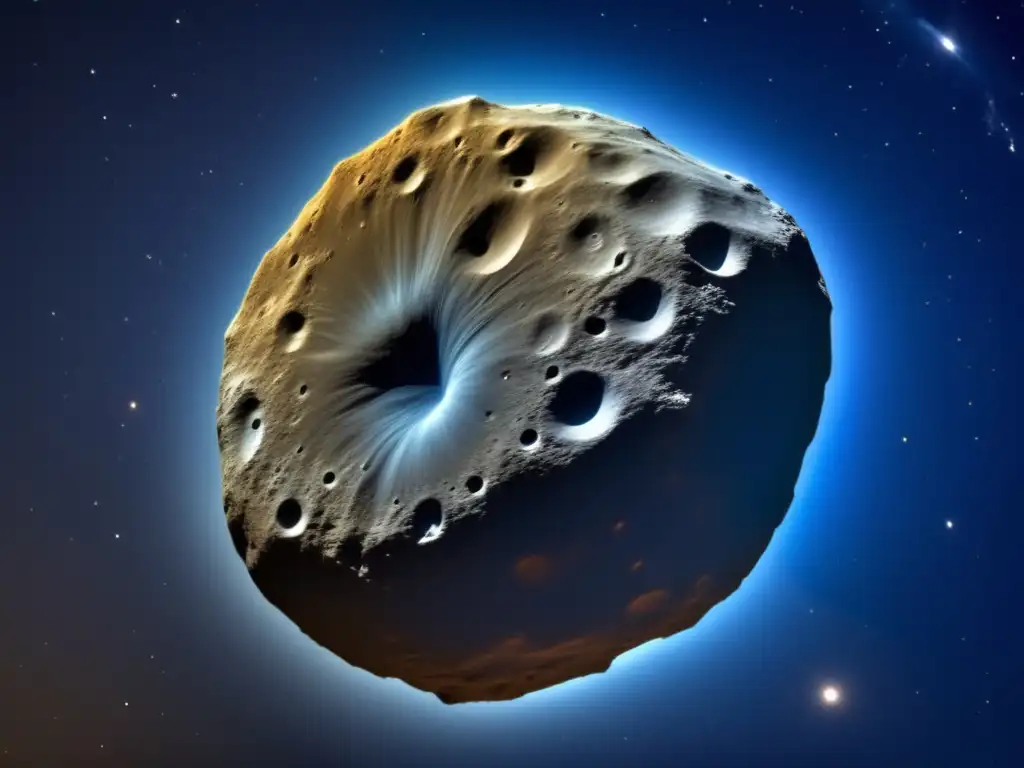
For additional information on Vesta and other asteroids, please visit the following resources:
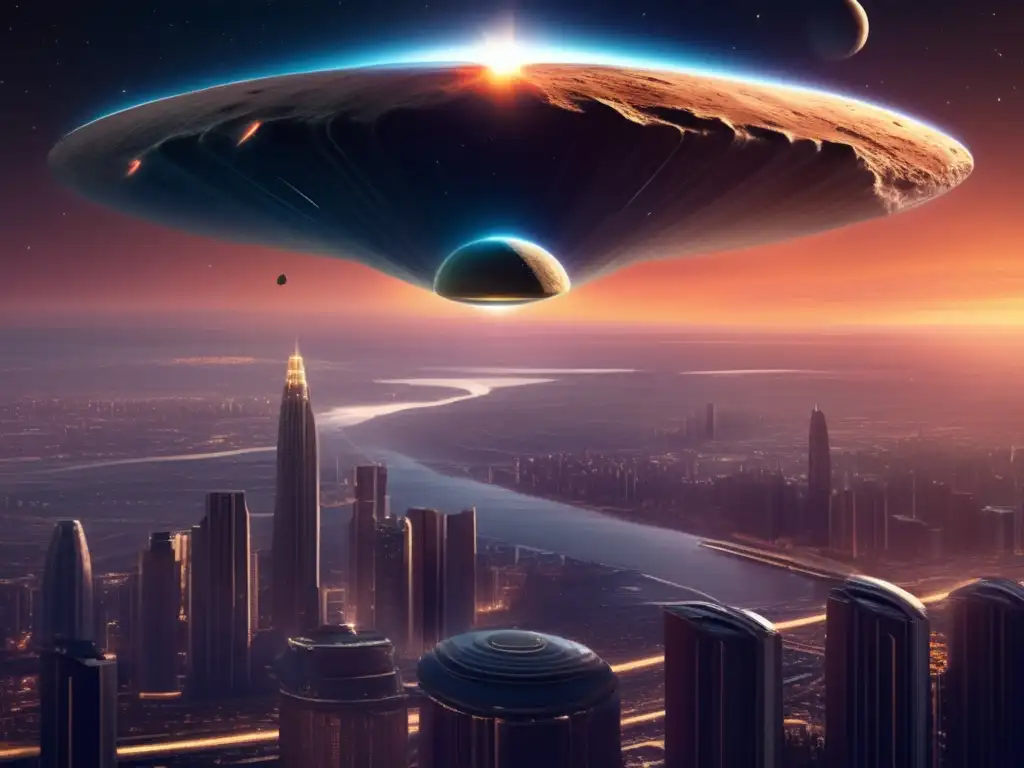 Pallas: Second Largest Asteroid In The Asteroid Belt – A Thorough Examination
Pallas: Second Largest Asteroid In The Asteroid Belt – A Thorough Examination Unveiling The Mysteries Of Asteroid Euryalus
Unveiling The Mysteries Of Asteroid Euryalus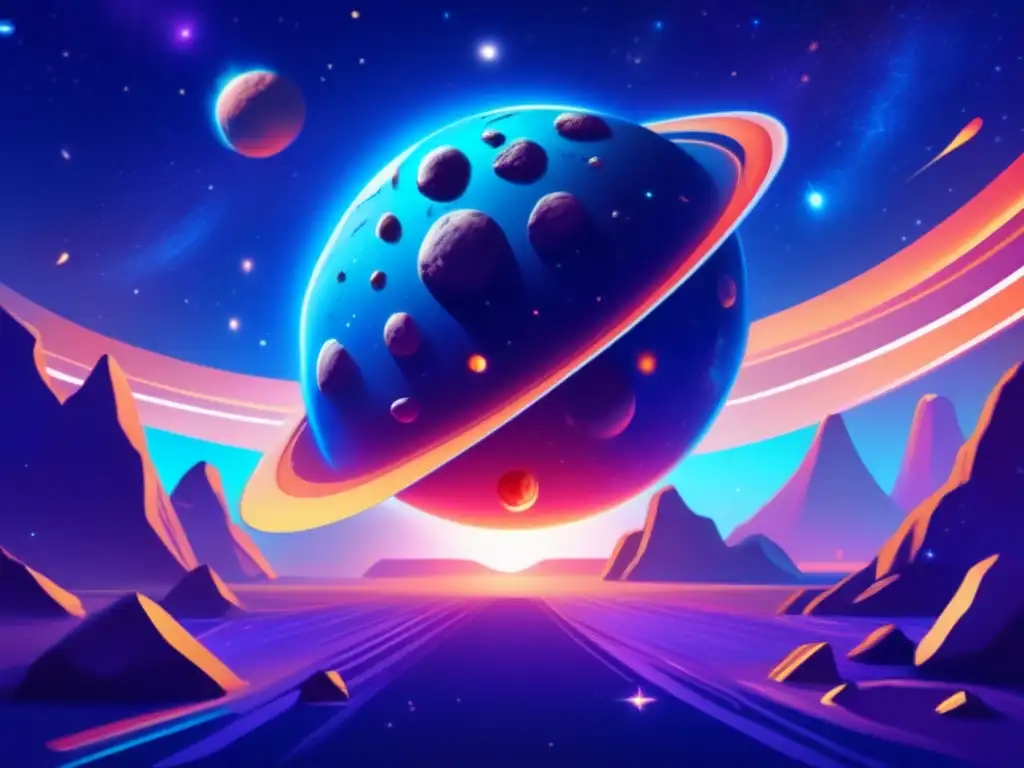 Understanding Hygiea: The Fourth Largest Asteroid In The Main Belt
Understanding Hygiea: The Fourth Largest Asteroid In The Main BeltIf you want to discover more articles similar to Vesta: The Brightest Asteroid - A Detailed Profile, you can visit the Asteroid Profiles category.
Leave a Reply

Articulos relacionados: